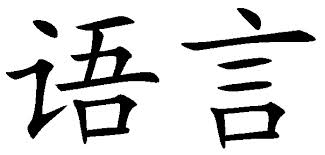
Chinese language belongs to the Sino-Tibetan language family. Currently, it is spoken by 1.1 billion people; 900 million thereof are native speakers.
The time of Chinese script emergence cannot be accurately established. Scientists basically agree that there were three phases in its formation. The Chinese script has never evolved into a purely phonetic, alphabetic script due to strong pictographic basis and Chinese character stroke structure.
The smallest units or graphemes in the Chinese character writing system are brush strokes. There are eight basic strokes which must be properly used in order to write the characters correctly.
In modern Chinese, dialects form a very complex unit. It is considered that Chinese numbers around 240 dialects, which may be divided into five groups based on the region: Hunan, Jiangxi, Shanxi, Xiamen and Fuzhou. The Mandarin language may refer to two concepts. The first is the standard Mandarin language (Putonghua) - a dialect spoken in Beijing. It is the official language of the People's Republic of China, Taiwan and Hong Kong, spoken by 75% of the Chinese population. The second meaning of the Mandarin language refers to all dialects spoken in North and Southwest China. The riches and distinctiveness among the Chinese dialects made the script (which is the same in all of them) and standard form of the “Putonghua” language very important in education and communication of the Chinese people.
It is an interesting fact that the Chinese people used even up to 60,000 characters in certain periods, while children learned about 2,000 characters over six years of education, which is sufficient for reading newspapers. Since 1955, the Chinese script has started to be written vertically, from left to right.
Our Chinese language translators are at your disposal for:
- Translation from Chinese to Serbian;
- Translation from Serbian to Chinese ;
- Translation from Chinese to other languages;
- Translation from other languages to Chinese.
You may contact us if you need any of the following services:
- Translation by Chinese language court interpreters;
- Certification of already translated texts;
- Chinese text editing and proofreading;
-
Onsite interpreting if Chinese language court interpreter's presence is required, as well as other forms of interpreting services.
